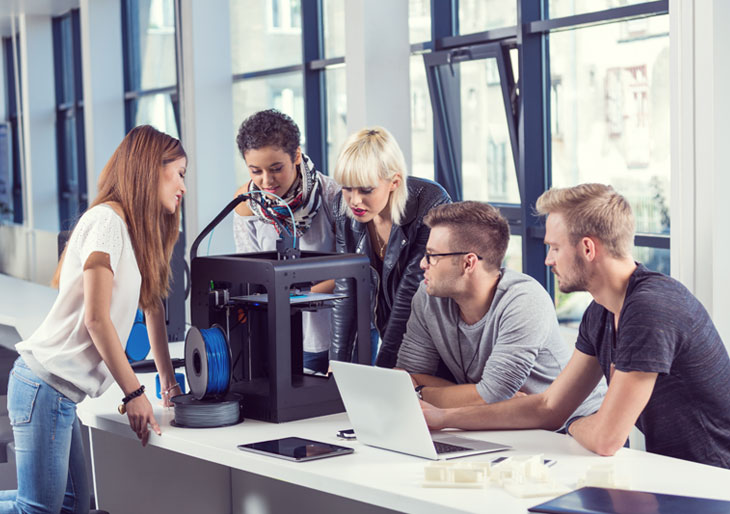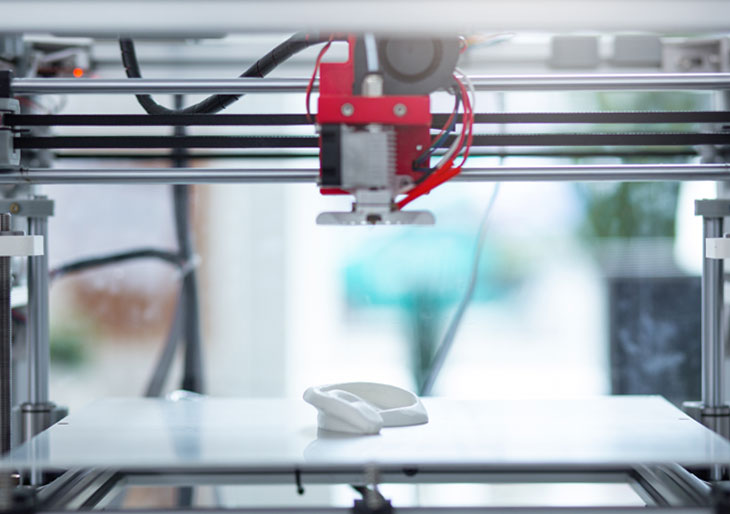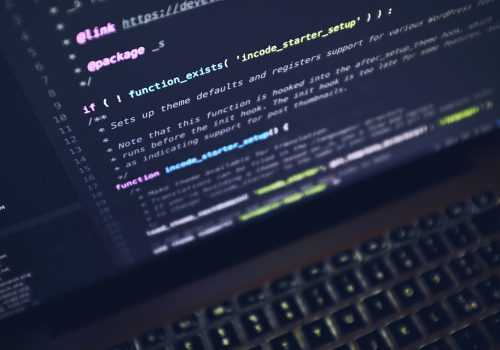One of the most revolutionary technologies of this century is 3D printing, and this technology is already a reality. Will 3D printing remove the need to go to the store to get the things we need? Will we really be able to download things that we need and print them in our homes?
What is 3D Printing? A 3D printer is simply a machine that can turn digital 3D models into physical 3D objects. Even though 3D printers are not present in every home yet, there are a lot of ready-to-print objects on the internet already.
From a customer to a creator!
This new technology provides the possibility for customers to become ‘creators’. As the products will be more unique, customized and readily available on demand, there will be no need to wait for that favorite item to come ‘Back in stock’, and then to wait for the shipment, because we will be able to print it at home.
Applications of 3D printing
3D printing is becoming present in almost every sector, especially in the manufacturing industry, which has started to adopt this technique in its processes. Integrating a desktop 3D printer into your workflow can produce remarkable results. This new technology is used in:
Product development: Examples of 3D printing usage in this sector are the shoe companies like 3D Shoes and Feetz which manufacture 3D-printed shoes on demand, with a lot of customization options. Bigger brands are getting into the business too. For example, Adidas has opened its highly automated first 3D-printing plant for sports shoes in Germany.
Architecture: 3D printing is revolutionizing the means of how architects explore designs, by helping them create accurate and tangible scale models and visualize ideas realistically and vibrantly. Moreover, 3d printing gives the chance to take better decisions, since the designs can be assessed and modified at an early stage. An example that offers us a glimpse into the future of construction is Apis Cor, a manufacturer, which can 3D print and paint an affordable house in just 24 hours.
Medical: 3D printing systems are also used in the healthcare industry, especially in the prosthetics production, where it is used to create customized prosthetics for individuals as well as 3D models from scan-data when planning surgery.

How will 3D printer impact the economy?
With the introduction of any technology, it’s essential to anticipate its potential economic consequences. For creative and ambitious inventors this is an exciting idea, but how could that impact the economy?
Three-dimensional printing is changing the individuals’ lives worldwide as well as altering how businesses operate. This technology is already being used widely in different industries for a variety of purposes and there are countless opportunities for further advancements and innovations in the upcoming years. These developments will also have an impact on the economy, for both, good and bad.
Customer spending reduction: Considering that printing items will be cheaper, customers will choose to print their items instead of purchasing them. Once millions of customers start using this technology, the overall consumption of goods, but not raw material could drop, consequently affecting the economy.
Job losses: One of the biggest negative consequences, which is almost inevitable is the loss of jobs, especially in the manufacturing industry, considering that this new technology will make manufacturing less expensive and more automated.
Increased demand for plastics: Due to their cost-effectiveness compared to other materials, the demand for plastic will grow, being that it is the most commonly used material for 3D printing.
What are some of the best printers of 2018?
Slowly but daily, 3D printers are becoming cheaper and more easily accessible. Even though, in the beginning, the number of 3D printing models was limited, this is not the case nowadays. However, considering the large number of 3D printers on the market, we want to make the task of choosing the right printer easier with some suggestions:
- LULZBOT MINI. This is one of the best 3D printers for beginners and for everyone who is looking for an easy-to-use desktop 3D printer, due to its user-friendliness and reliability.
- ZMORPH VX. This model is suitable for users that want versatility and a broader range of material options. It is not only a 3D printer, but also a laser-cutter and CNC router.
- FORMLABS FORM. Apart from the fact that it is expensive, this printer is a user-friendly model, dimensionally fitting, and provides a highly qualitative print.
- MONOPRICE MINI DELTA. Monoprice Mini Delta is one of the lowest priced professional quality 3D Printers and has a great value for its price.
Printers are now available in different space and cost-saving models, bringing a new level of accessibility to enterprises, large and small, as well as individuals who want to print items at home.

The further developments of 3D printing depend on the customers’ interest, and if the sales increase, greater investments will be focused on the development of 3D printers. Despite the fact that a big amount of funding is already allocated into 3D printing, it is expected that by 2021 the global 3D printing market will increase to $20 billion compared to 2018, when it accounts for $12 billion. So far, the progress that has been made in bringing 3D printers into homes is huge, even though for some it is considered a hobby and for others it is unknown. 3D printers require some effort in order to operate; however, they are continuously getting more user-friendly.
Australian technology specialist Steve Sammartino says 3D printing will be an extraordinary technological shift, which will have an even bigger impact on economies and the society than the internet. He explains: “The first time I saw it, it blew my mind as well because to see actually something physically get[ing] made layer upon layer in front of you is quite astounding. I think that 3D printing will be even greater than the information revolution because it democratizes manufacturing for the first time.”
We’re going to see desktop manufacturing in the same way that we saw desktop publishing and information transfer and so we can actually transfer physical products to other people who can print it at the other end just like we would send an email or send a video.
3D printing requires future advancement, in order to fully conquer the customers’ homes. This technology should offer the possibility to not only print but also duplicate an object with ease and simplicity. When that day comes, 3D printers will be devices just as smartphones today, and we will wonder how we ever managed to live without them.









